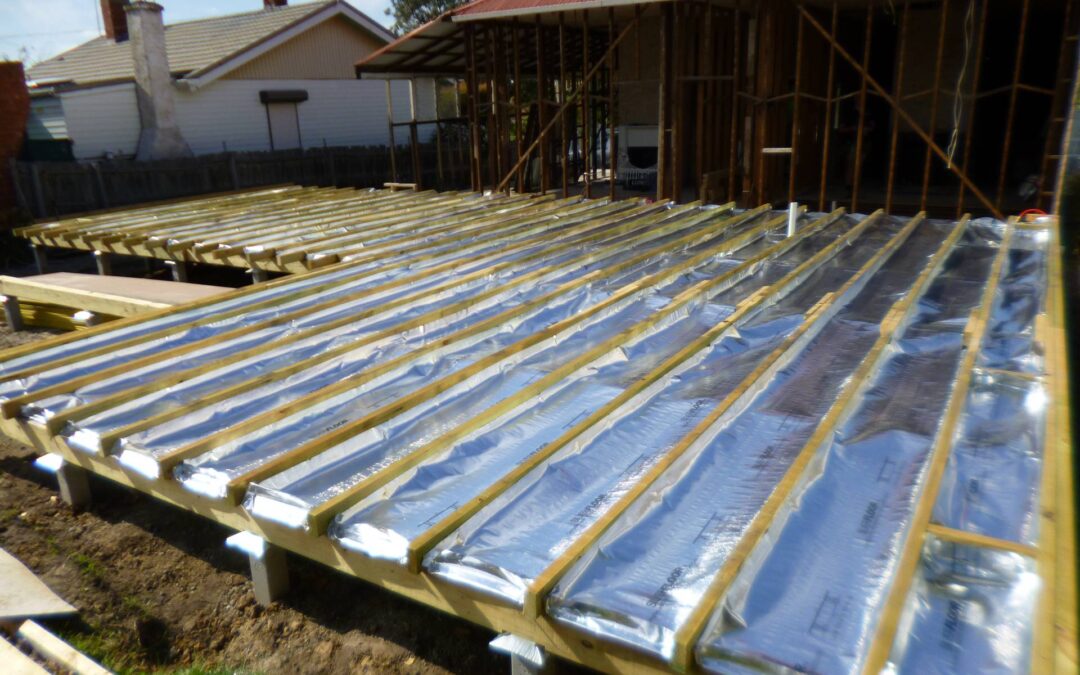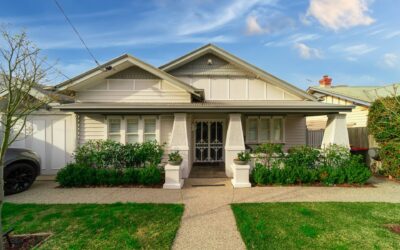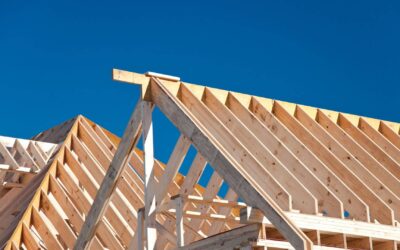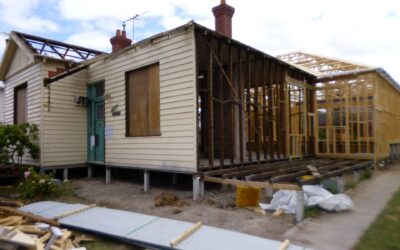For a long time now building a new house sustainably, or making environmentally friendly home improvements, has been seen as a luxury or out of the average person’s renovation price range. In this blog post we will take a look at why green building is on the rise and how you can make some quick and long terms fixes to your property or home extension project which will save money, the environment and won’t cost you the earth.
Is the grass greener with sustainable building?
‘Green building’ is the term used for construction, design and operational methods used to build a property which significantly reduce damage to the environment, create healthier living environments.
In Australia, commercial and residential buildings alone contribute 23 per cent of Australia’s total greenhouse gas emissions1. This, combined with the continuing rise of energy and fuel costs, is enough to make many want to reduce the carbon footprint of their next building project. But where should you start and what are the best options for you?
Going green with your next home building project
There are many ways to make your property more environmentally efficient, both at the design and build phase for new homes and also for those who want to make some smaller modifications in their current home.
Passive design in new homes and extensions
Passive design principles take advantage of the climate you are building and living in to maintain an optimum temperature range in your home. These techniques can greatly reduce or eliminate the need for secondary heating or cooling sources and lead to a significant decrease in your energy usage. The best time to think about passive design is at the design and build stage of your project but there are many smaller ways to reduce energy consumption in your home.
Some factors you may want to take into account include the orientation of your home which should take advantage of maximum exposure to the sun for heating and also of cooling breezes and shade. You can also reduce reliance on electric lighting with use of skylights when thinking about your home’s orientation.
Eco-friendly landscaping can also enhance passive design, for example trees and shrubs can be planted to provide shade as well as allowing more sunlight to enter the home during winter months.
Talk to your architect and/or builder about how to make the most of the environment you live in. Mastercraft Construction has experience with green energy building projects in Melbourne and can advise you on optimising passive design.
6 Star Energy Rating requirements for new homes and major home extensions in Melbourne
If you are doing a major home extension you will need to keep in mind that the Building Commission of Victoria requires all new homes, additions and alterations to have a 6 Star Energy Rating (the rating is from one to ten stars). If the home extension or renovation amounts to less than 50% volume of your current building only the alteration will need to reach six stars. However if the extension is more than 50% of the volume, your whole building will need to be assessed and will need to meet a 6 star rating. It isn’t hard to meet the 6 star standard and 6 star homes are projected to use 24% less energy than 5 star homes2.
You will need to submit an Energy Rating Report before you obtain a building permit to ensure that your new home or extension meets six star rating requirements. Speak to your builder about how to go about doing this. You can also discuss with your builder ways to design your new home or home extension to meet these standards including the orientation and layout, building size and design, energy efficient window options and wall, ceiling and floor insulation. New home builds will also be required to install either a solar powered water heater or rainwater tank for toilet flushing.
Energy use
Insulation plays a huge part in the energy efficiency of your home. It is worthwhile considering carrying out an ‘energy audit’ to see where you can easily make improvements. Just ensuring that doors and windows are sealed efficiently could save you hundreds of dollars per year on your energy bills. Have a look at where the common air leaks are such as windows and door frames, letter boxes, cat/dog doors, pipes, window mounted air conditioners and fireplaces.
When installing windows and doors, don’t skimp on quality. Your current windows can be improved with caulking and weather stripping or applying adhesive window coatings. Homes can lose up to 40% of their heat and gain up to 87% of it through windows2. It is worthwhile investing time in researching the options available to you and discussing these with your builder. Some of these include double glazing and insulated glass units and you should also consider the orientation of your windows if you are at the design stage. Your architect and/or builder will be a valuable source of knowledge on this topic and more resources can be found on the Government’s Your Home website.
Solar panel technology has come a long way and is an excellent long term solution to reduce your energy consumption and even supply excess energy back to your utility company. There are also Government rebates available, information on this can be found on the Government’s Your Energy Savings website.
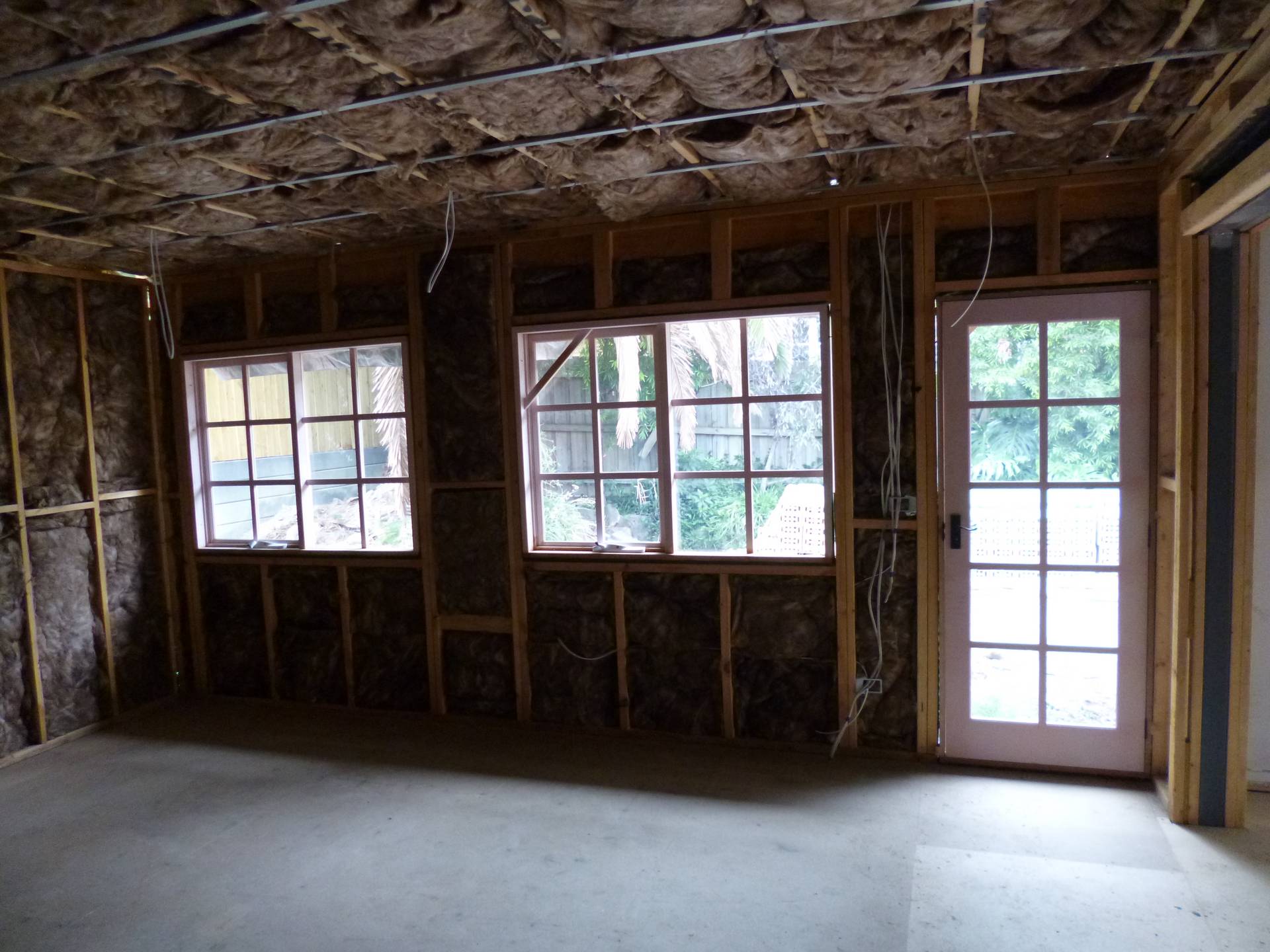
Energy use
Insulation plays a huge part in the energy efficiency of your home. It is worthwhile considering carrying out an ‘energy audit’ to see where you can easily make improvements. Just ensuring that doors and windows are sealed efficiently could save you hundreds of dollars per year on your energy bills. Have a look at where the common air leaks are such as windows and door frames, letter boxes, cat/dog doors, pipes, window mounted air conditioners and fireplaces.
When installing windows and doors, don’t skimp on quality. Your current windows can be improved with caulking and weather stripping or applying adhesive window coatings. Homes can lose up to 40% of their heat and gain up to 87% of it through windows2. It is worthwhile investing time in researching the options available to you and discussing these with your builder. Some of these include double glazing and insulated glass units and you should also consider the orientation of your windows if you are at the design stage. Your architect and/or builder will be a valuable source of knowledge on this topic and more resources can be found on the Government’s Your Home website.
Solar panel technology has come a long way and is an excellent long term solution to reduce your energy consumption and even supply excess energy back to your utility company. There are also Government rebates available, information on this can be found on the Government’s Your Energy Savings website.
Water
Leaks are another big energy drain in the average household. Incorporating water efficient shower heads and taps and dual flush toilets will save a huge amount of water consumption.
Rainwater harvesting is becoming more popular as rainwater can be collected in tanks and stored for use in toilets and sprinkler systems. You can also store and reuse your grey water from sinks and showers for flushing the toilet and use in the garden.
You should also check that you have the right size water heater for your home as this will make a considerable difference to energy consumption.
Materials
When building or renovating your home your choice in materials has a big impact on the environment. Discuss with your builder what options are available in terms of reusing materials you already have such as windows, doors and flooring. Also look at where you can use recycled materials including glass, aluminium, tiles, plastic and wood and natural products, for example bamboo and cork. When planning your interiors look for products with low toxins such as low VOC paint.
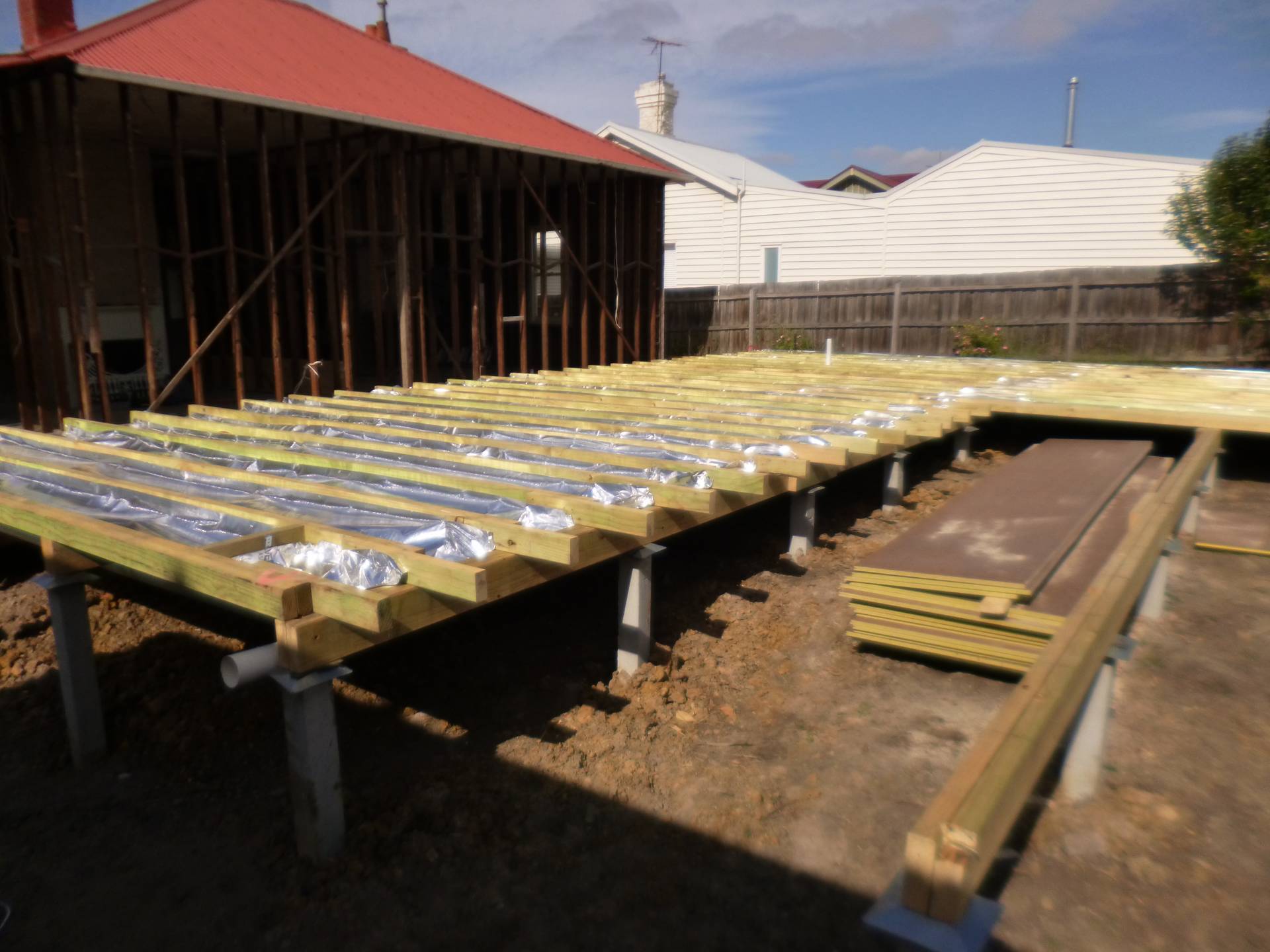
Appliances
Where you can, choose appliances with high energy efficiency ratings. In the long term they will reduce your bills and carbon footprint.
Opt for energy efficient lightbulbs and fixtures or LED lighting, these will use significantly less energy than traditional bulbs and last longer over their lifetime. The Government’s Energy Rating website provides detailed advice on how to be smarter about lighting choices to reduce waste.
The environment and future tech
There are exciting advances in technology around the ‘smart home’ and internet of things, solar technology, geothermal energy and battery powered homes which are worth exploring, we will discuss these further in a future article on ‘Technology and the future of your home’.
What next…?
As you can see there are many ways to improve energy efficiency in your current home and future green building projects. Some of these suggestions are easy to implement and others require a greater initial outlay but with long term cost savings and decrease in environmental impact.
For home extensions and renovations in Melbourne contact Mastercraft Construction today to discuss recommended ways to make your next building project more environmentally friendly.
Related Posts
5 things you need to consider for a successful Californian Bungalow extension
Small and sweet, Californian Bungalows are the perfect candidate for an extra room or two addition instead of room or two? Discover the top 5 things you should consider when planning your...
Home extension costs: What you need to know for a successful house extension
Planning a home improvement is exciting. Budgeting accurately is essential. Explore home extension costs and how you can get the most out of your project. So, you’re thinking about...
Reno realities of real builds v’s TV shows
Go on, admit it. You’re addicted to home reno TV programs… you know, The Block, My House Rules, Flip or Flop and anything else where people transform average (or less) homes, into amazing....

